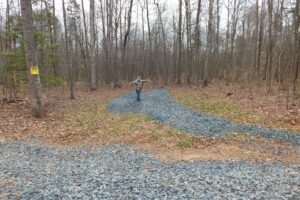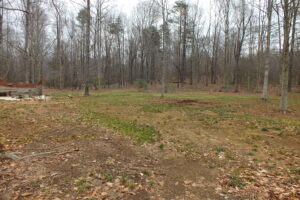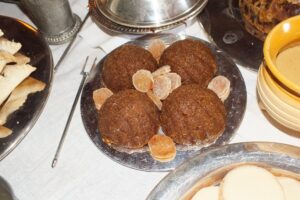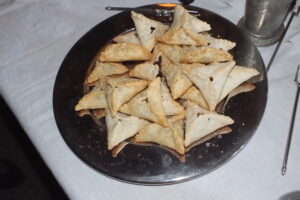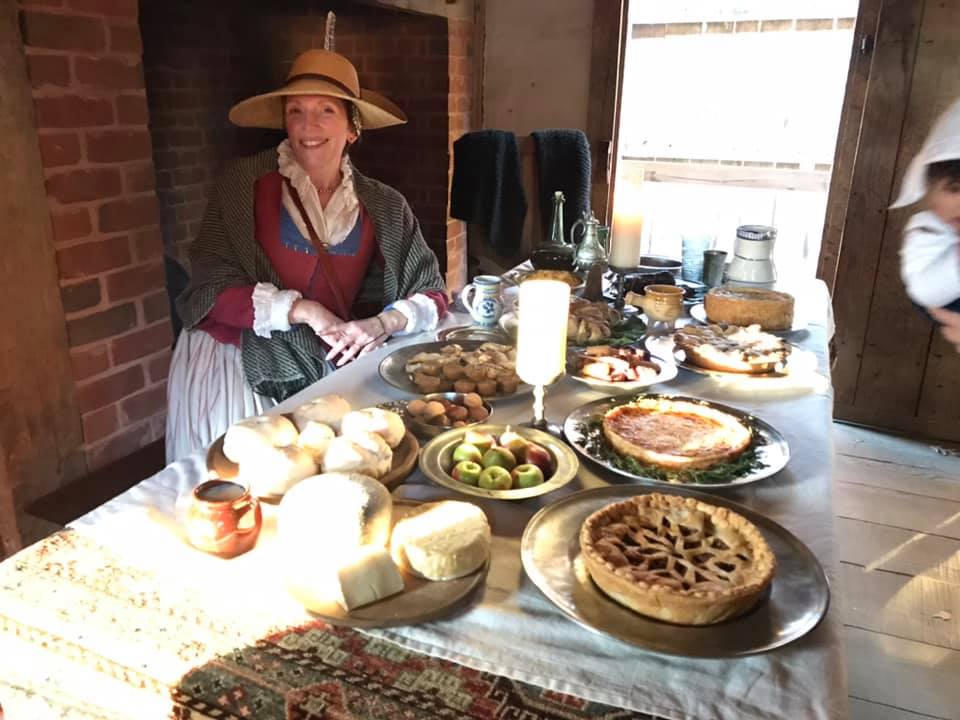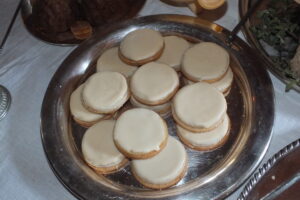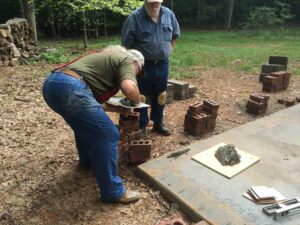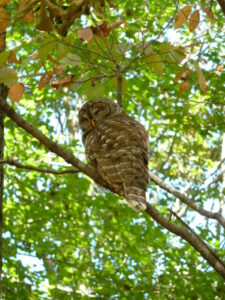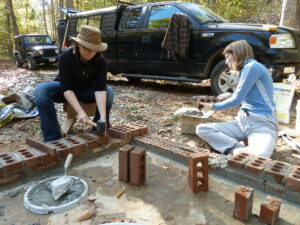The Cat’s Perch Inn
(More Gardiner’s music for the upcoming Muster)
The Cat’s Perch Inn
(A song whereas Master Robert Bedingfield doth Prayse the Inn.)
When returning from sea, I’m longing to see
A beautiful face so fine,
And I crave to partake of the finest of steaks,
And drink the sweetest of wines.
Where the music is beautiful,
And the alewives are dutiful,
And the prices are, oh, so fair
You’ll not find their kin at the Cat’s Perch Inn
‘Cause they have not a one of them there
Oh, the Cat’s Perch is not much to look at,
A broken down inn, we confess.
The music is rough
And the women are tough
But, oh Lord, the beer is the best.
Not one friendly face you’ll find in that place,
An inn for the hard-drinking man,
The inside is rank, and the outside is dank,
And we go there as oft as we can.
Good folks won’t go near it,
And constables fear it,
But we cherish it’s halls without fail
No power can stay us,
Or dare to delay us,
From drinking her God-blessed ale.
Oh, the Cat’s Perch is not much to look at, &c.
When the thirst of the ages inside of us rages
Our gullet’s as dry as sand,
We follow the route to the brew that’s without
Compare in all of the land.
No matter the crop,
Oat, barley or hop
What comes from her kegs is quite sound.
To he that says “Fie it” I say he should try it
‘Ere his wife puts him in the ground.
Oh, the Cat’s Perch is not much to look at, &c.
When Gardiner’s had come with pike, shot, and drum
To the Cat’s Perch to Muster thereby,
Sweet Fanny assailed them, and wined, dined, and aled them
And fed them on cake and cheese pie.
Master Robert had paid a fair muster’s wage,
James Hamilton’s cards led the deal,
The Reverend bewailed them, and the Gentlemen tailed them,
And all had a very fine meal.
Oh, the Cat’s Perch is not much to look at, &c.
Oh, the Cat’s Perch is not much to look at.
A decrepit old inn, there’s no worse.
The patrons are wary, And the women are scary,
But they have the best beer on this earth.


